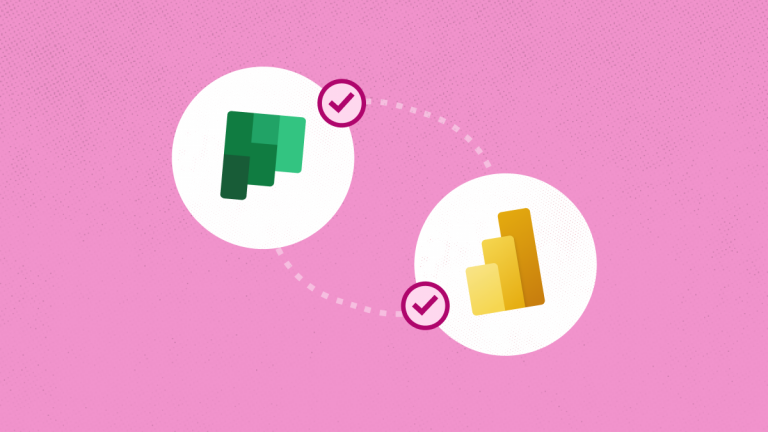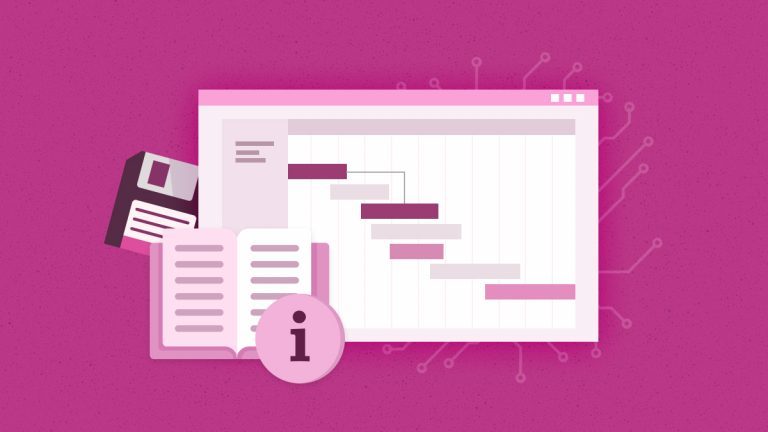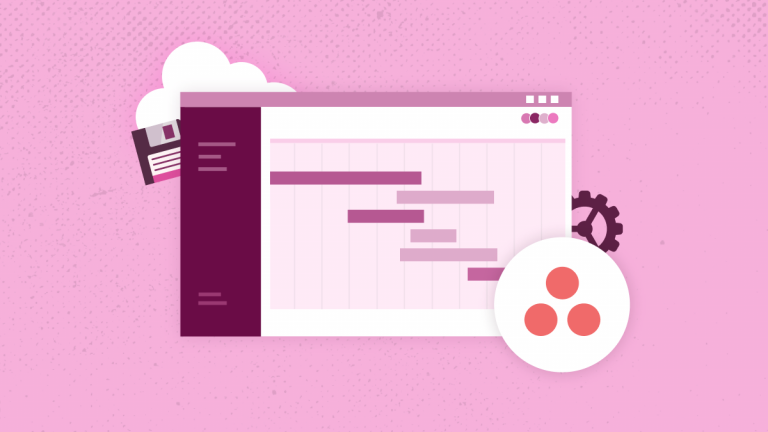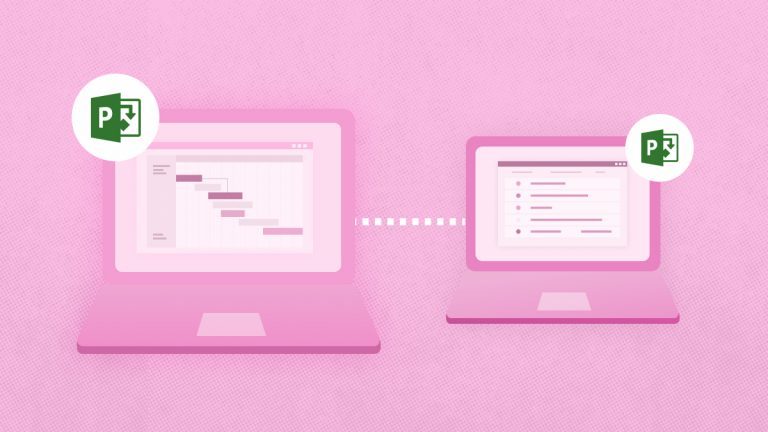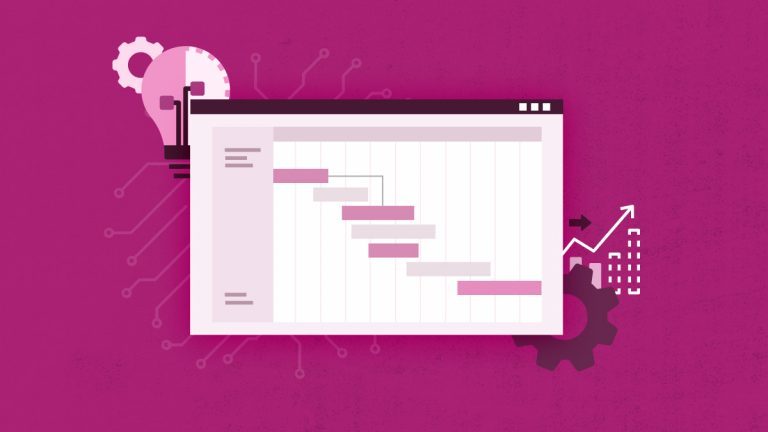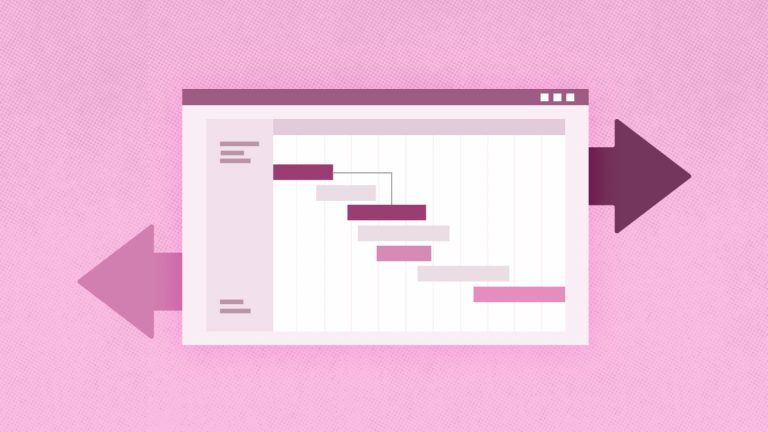
Anna Shalomova
PPM Consultant
PPM data migration to Project Online is essential to the digital transformation strategy. Many different factors make the process of migrating from Microsoft Project Server 2010/2013/2016 to Project Online a complex one. As such, it requires developing a thoughtful and detailed migration strategy to ensure overall data integrity and to set accurate expectations within your customer or user PMO. To migrate from Project Server to Project Online, consider the following findings, migration insights, and best practices.
Project Server vs. Project Online – What Changes to Keep in Mind?
1. Infrastructure management becomes limited.
If you had Project Server in-house, you could always make changes and any adjustments you needed. Now, you will need to rely on Microsoft as a SaaS provider and submit tickets for your issues.
2. Cloud infrastructure does have technical limits.
Therefore, you must understand how much data you can upload and extract.
3. PPM infrastructure can be easily and instantly deployable.
This is excellent news since it can be leveraged more in testing and serving the entire organization, not just IT.
4. It allows access to data exclusively through OData.
You will have to adjust your reporting strategy to the available tools and, if needed, create a mirror of your Project Online database in your offline database or data mart.
5. Backups are not available out-of-the-box for Project Online.
Therefore, PWA administrators must have appropriate tools in place to address disaster recovery requirements.
Challenges of Manual Migration
Manually migrating Microsoft Project Online presents significant challenges due to its time-consuming nature and difficulty. Some common issues include:
Data Integrity and Consistency
Transferring project data manually from one system to another comes with a higher risk of data corruption or errors. Each mistake could disrupt project workflows, produce discrepancies in historical records, and erode your overall project data integrity.
Data Loss
Human errors, such as the wrong naming of files or accidental deletions, can permanently lose mission-critical data. This is especially likely when you manually migrate Project Server to Project Online.
Higher Cost
Manual project migration requires a lot of time and effort from project teams. Manual migration necessitates data movement, verification, and alteration to align with the Microsoft Project Online environment, devoting valuable time to other crucial tasks.
Configuration Problems
Microsoft Project Online offers numerous customization options, and it can be challenging to manually re-encode all the settings and configurations from your previous system within your organization. This may require extensive testing and adaptation to align with current project processes, which task manual processes cannot handle.
Downtime Risks
With manual migration, project teams might encounter system downtime, negatively impacting day-to-day functioning. Delays in migration time also impact uncertainty and productivity.
To address such issues and to better manage Project Online, organizations need a migration solution that ensures an easy and secure transition. This is where FluentPro FluentBooks comes in.
FluentPro FluentBooks: Advanced Solution for MS Project Online Migration
Designed with project teams in mind, FluentBooks offers an impressive set of functionalities to help you migrate Project Server to Project Online faster, more accurately, and without wasting time.
For instance, FluentBooks offers automated data migration. This reduces data errors and inconsistencies, guaranteeing the accurate transfer of all project information.
Furthermore, FluentBooks can migrate configurations like enterprise resources, custom fields, and project schedules. This feature enables companies to keep the bespoke architecture of their previous system, ensuring continuity.
With FluentBooks, you can import and export multiple projects simultaneously, saving you lots of migration time. This batch data processing functionality is a must-have feature for large projects to save time and resources.
FluentBooks reporting and validation enhance the experience. Project managers can use these reporting capabilities to validate data and confirm its proper migration to Microsoft Project Online. This increases accountability and allows project teams to monitor the migration process at a high level.
Last but not least, FluentBooks is a lightweight application with an intuitive design that makes migration easier. This reduces the learning curve, enables project teams to execute Project Server to Project Online migration confidently, and enhances the excellent MPP project viewer online.
FluentBooks’ Added Value for Business
FluentBooks has other benefits for companies that employ it in their migration activities. These include:
- By automating complex migration tasks, FluentBooks minimizes downtime and makes the process more efficient.
- Project teams can efficiently perform the migration without impacting business continuity and causing downtime in the field.
- FluentBooks’ automated data migration eliminates human errors and ensures the correct format migration of all project data. This provides improved data quality and trust in the migrated data.
- Saved time on moving large-scale projects. The bulk migration function is powerful enough to transfer hundreds of projects, making it the best solution for a massive migration effort.
- No manual work is required. Organizations save both time and money.
Contact us to try FluentBooks today







